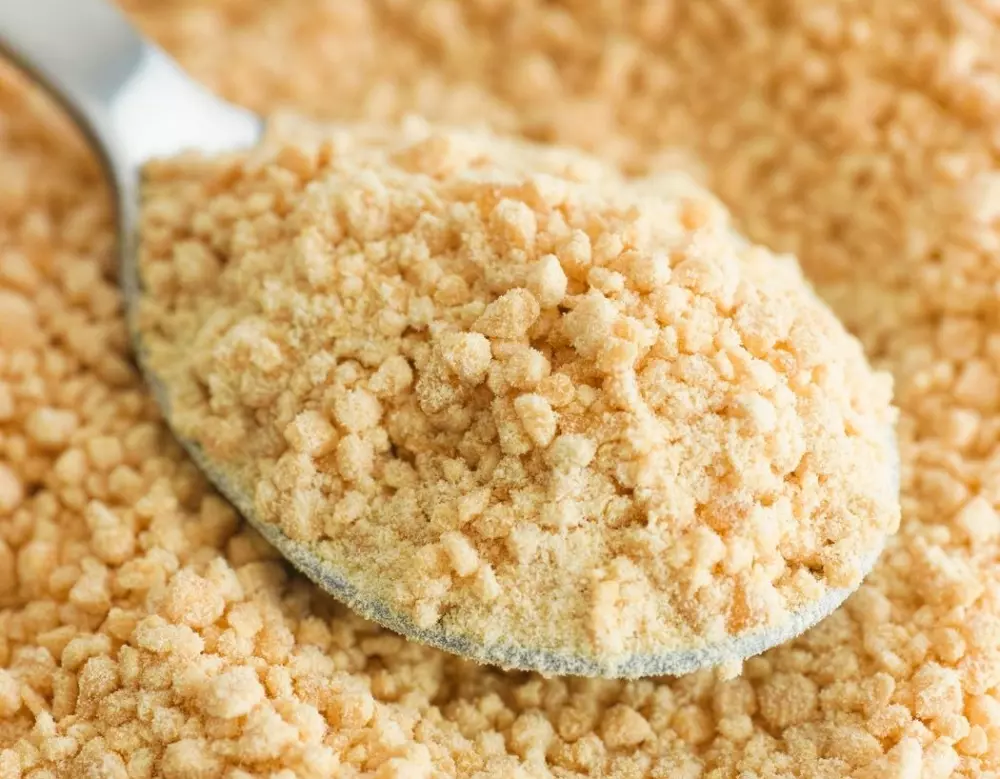Everyone knows about weed brownies, the go-to treat for OG stoners with a sweet tooth. Perhaps you ate one at a party once and had an uncomfortable experience because it was just too much weed at once for you. Well, in today's wonderful world of edibles, there's so much more to infusing food with cannabis than the traditional beloved brownie — you can add cannabis to any dish you can dream up, in any dose that suits you!
Remember, when consuming cannabis edibles, always follow the golden-green rule: go low and slow. Start with a small amount, and wait 2 hours to experience the full effects before consuming any more.
What Are Cannabis Edibles?
Cannabis edibles can be brownies, cookies , pasta, and more. Any recipe that calls for butter or oil can be readily infused with cannabis.
Edible cannabinoids are processed differently than inhaled cannabinoids. When you consume cannabinoids in food form, they go through the digestive system like anything else you’re eating, and are absorbed through the walls of the stomach and intestine. The cannabinoids are then slowly carried to and metabolized by the liver.
Because THC in edibles follows a longer pathway to the brain than with smoked THC, edibles have a delayed onset, and can take anywhere from 45 minutes to two hours to take effect, depending on your metabolism, endocannabinoid system, and physiology.While cannabis edibles can include sweet treats like brownies, cookies, and gummies, they also include cannabis oils, cannabutter, and cannasugar that you can cook with. You can use these cannabis-based ingredients to make endless dishes: pasta, soups, vegetables, and so many other possibilities. Basically, cannabis edibles are any types of food that have been created using marijuana in some form.
What Is Lecithin?
Lecithin is a common ingredient in foods like chocolate. It is used as an emulsifier, meaning it brings things together and makes them smooth. It's also used in many pharmaceuticals that aid in making something bioavailable, i.e., bringing the drug into your body system faster. It is sold as a supplement in health food stores.
Where Does Lecithin Come From?
Lecithin is a generic term that designates any group of yellow-brownish fatty substances that occur in animal and plant tissues. They attract both fatty substances and water. It smoothes, emulsifies, and homogenizes liquid mixtures. They also repel sticking materials.
Lecithins are mixtures of glycerophospholipids. They include phosphatidylcholine, phosphatidylethanolamine, phosphatidylinositol, phosphatidylserine, and phosphatidic acid.
Theodore Gobley was a French chemist and pharmacist who first isolated lecithin in 1845. Over many years, he demonstrated the presence of lecithin in egg yolk, and various other biological matters such as venous blood, human lungs, human brain tissue, bile, fish eggs, and the brains of both sheep and chickens.
The extraction of lecithin can be achieved in numerous ways using various solvents such as acetone, ether, petroleum, and others. It is most commonly extracted from sources such as egg yolk, marine sources, soybeans, cottonseed, sunflower oil, and others.
Why Use Lecithin In Cannabis Oil?
Lecithin can increase the absorption of THC and other cannabinoids into your cell membranes, and can speed up the absorption process when added to cannabis coconut oil or cannabutter. Technically, it won't make your cannabis oil more potent, but may make it faster acting. This could mean you can use less cannabis oil in your recipes.
Because lecithin contains phospholipids, which make it water-soluble and absorbable by encapsulating the THC, the process can be completed before digestion. It allows the THC inside the body to be absorbed more readily because the liposomal encapsulation process that lecithin facilitates makes edibles especially potent.
Lecithin also serves as a surfactant, or a compound that lowers surface tension. It helps distribute THC through the body more quickly than THC would be absorbed on its own.
Should You Use Liquid Lecithin Or Lecithin Granules?
Although you might use soy lecithin or other varieties, one of the most popular sources for lecithin to add to your cannabis oil is sunflower lecithin powder. It's fairly cheap, but you want to make sure it is GMO-free (genetically modified organisms).
An alternative to sunflower lecithin powder is lecithin gel caps, but they can be annoying to open and may leave a gel-capped taste and smell in the beginning. The sunflower lecithin gel caps are more expensive, so search around to see if you can find GMO-free lecithin sunflower powder first.
How Much Lecithin Should You Use?
Even though you can make cannabis oil from several different oils like canola oil and olive oil, one of the most popular and beneficial oils is coconut. When you combine the medicinal benefits of cannabis with the health benefits of coconut oil, it makes a appealing, delicious cooking oil.
Determining how much lecithin to use with your cannabis coconut oil is simple.
For every cup of cannabis coconut oil you use, add 1 tablespoon sunflower lecithin, along with 7-14 grams of cannabis trim or dried buds, and follow your cannabis oil recipe accordingly. You can also use this for a cannabutter recipe.
Is Lecithin Bad For You?
Lecithin is considered a low-risk addition to vitamin supplements. It's thought that lecithin may be a good option for those looking to improve organ functions and cholesterol.
While there may be variances in other lecithin sources, it is thought that lecithin from sunflower is rich in choline and other fatty acids like phosphatidylinositol, which some people take as a supplement. Lecithin supplements have been touted as a way to help with liver function and acne improvement.
